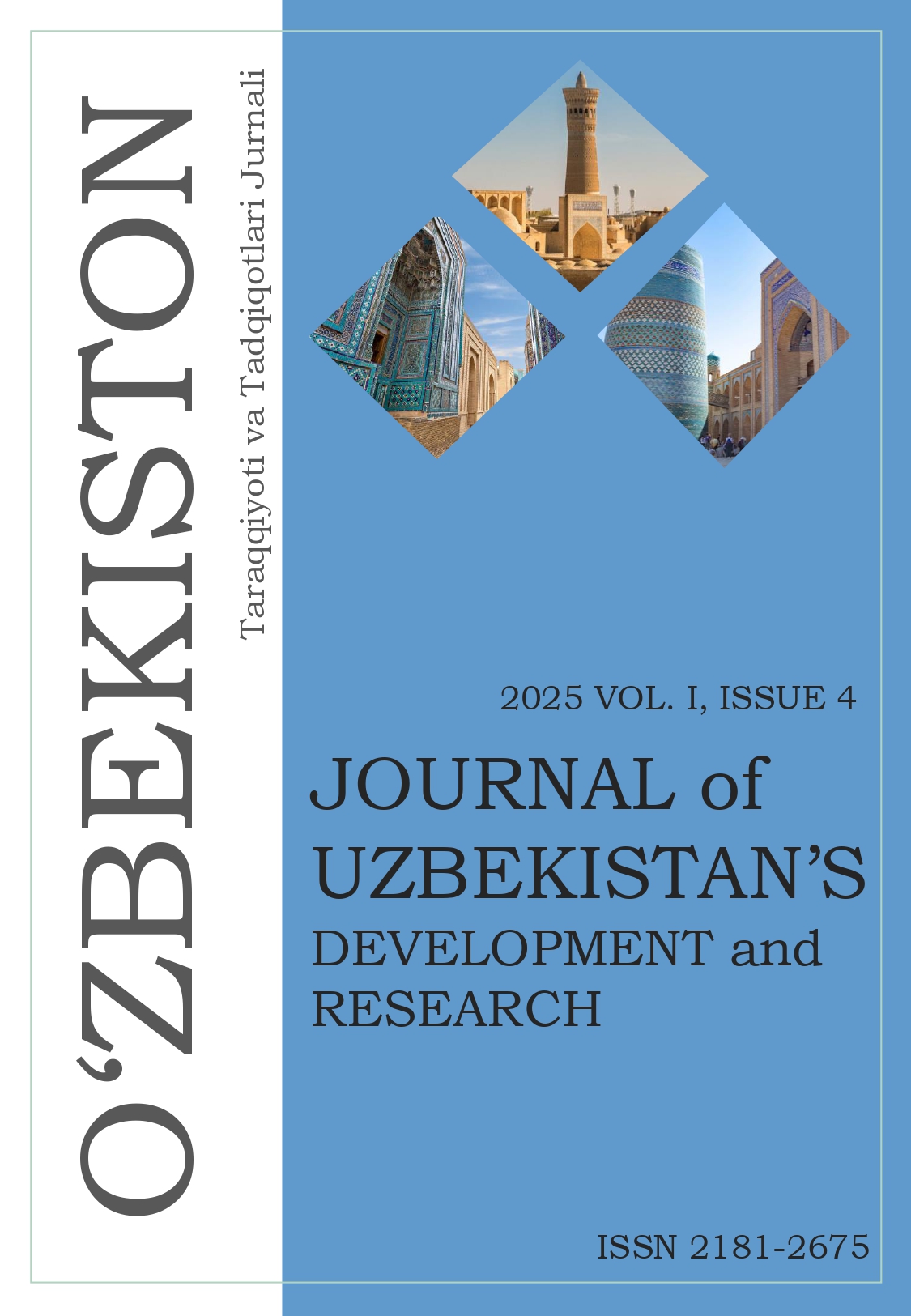PORTFOLIO ASSESSMENT IN WRITING INSTRUCTION: FOUNDATIONS AND BENEFITS
Keywords:
portfolio assessment, writing instruction, formative assessment, learner autonomy, validity, types of portfolios.Abstract
This article examines the foundational concepts and pedagogical benefits of portfolio assessment in English writing instruction. It highlights the theoretical underpinnings, types of portfolios, and their role as an alternative to traditional assessment methods. The article also discusses how portfolio assessment fosters learner autonomy, provides comprehensive evidence of writing development, and supports formative feedback. Emphasis is placed on its validity, reliability, and adaptability in diverse educational contexts.
References
1. Barrett, H. C. (2007). Researching electronic portfolios and learner engagement: The REFLECT initiative. Journal of Adolescent & Adult Literacy, 50(6), 436–449.
2. Barkhuizen, G. (1998). Portfolio assessment and the development of autonomous language learners. Language Teaching Research, 2(1), 45–68.
3. Paulson, F. L., Paulson, P. R., & Meyer, C. A. (1991). What makes a portfolio a portfolio?. Educational Leadership, 48(5), 60–63.
4. O’Malley, J. M., & Valdez Pierce, L. (1996). Authentic assessment for English language learners: Practical approaches for teachers. Longman.
5. Weigle, S. C. (2002). Assessing Writing. Cambridge University Press.
Provides an overview of writing assessment, including portfolio methods.
Published
Issue
Section
License
Copyright (c) 2025 Edenbaeva Khurliman (Author)

This work is licensed under a Creative Commons Attribution-NonCommercial-NoDerivatives 4.0 International License.
All Rights Reserved.





